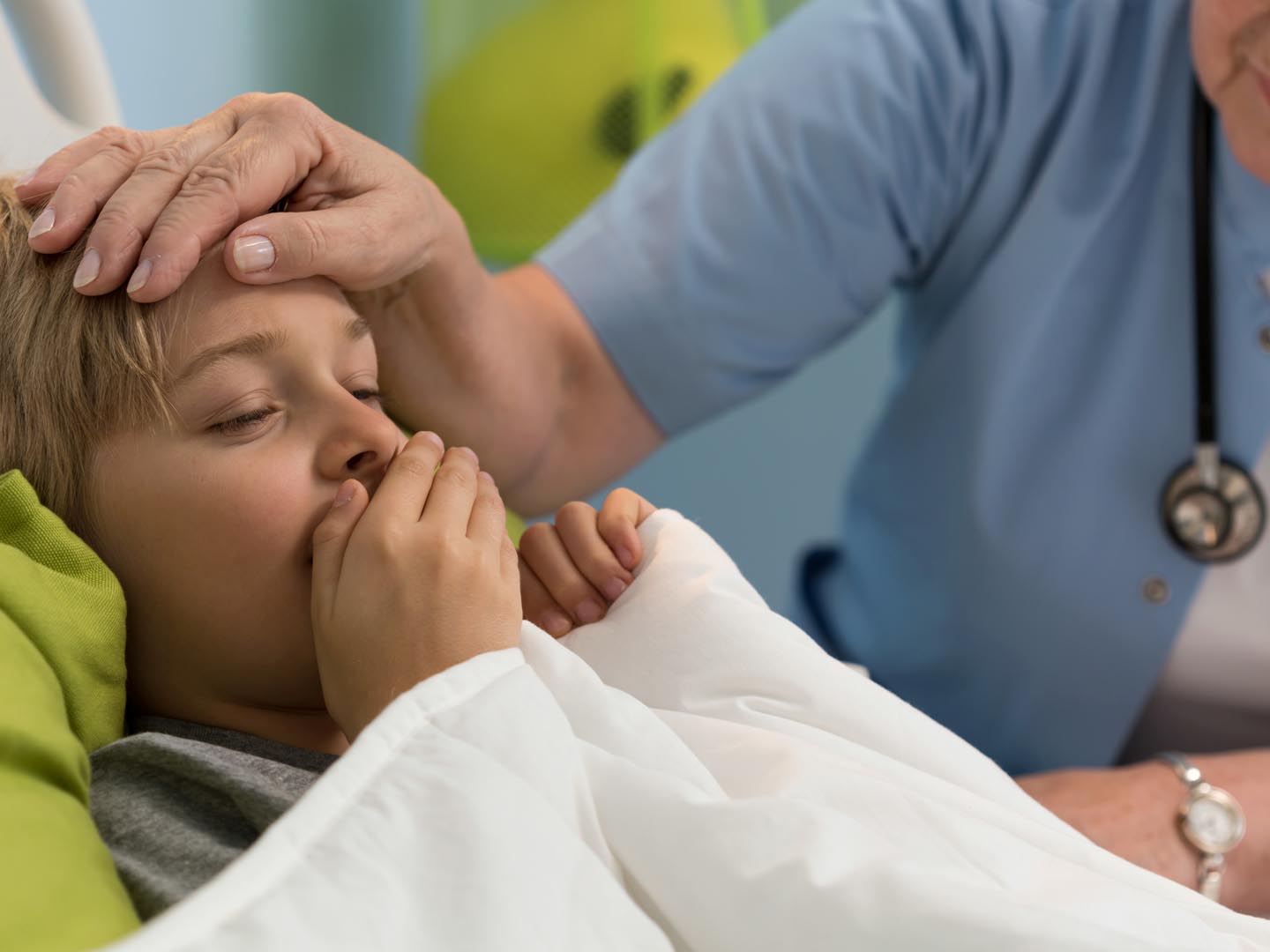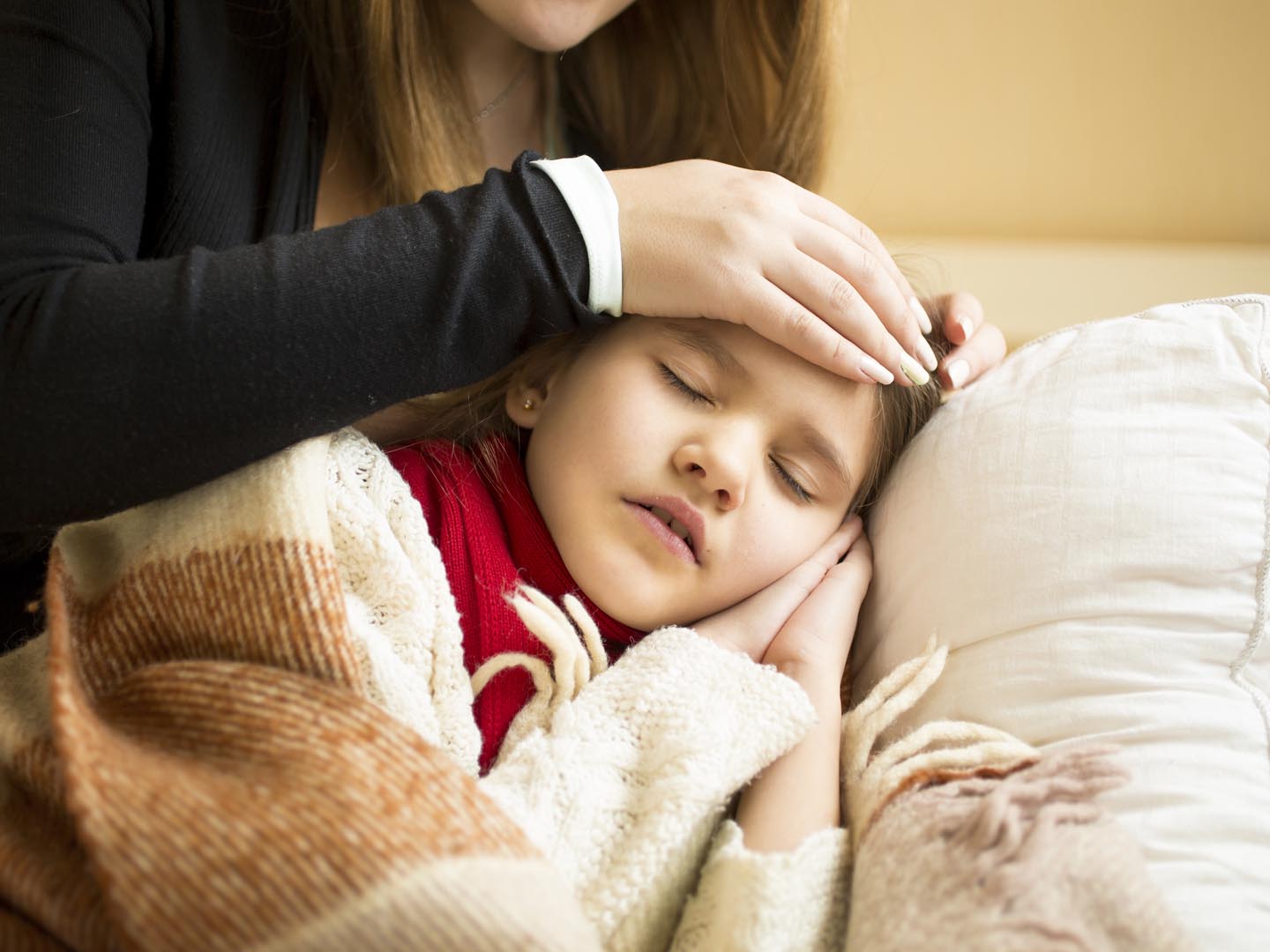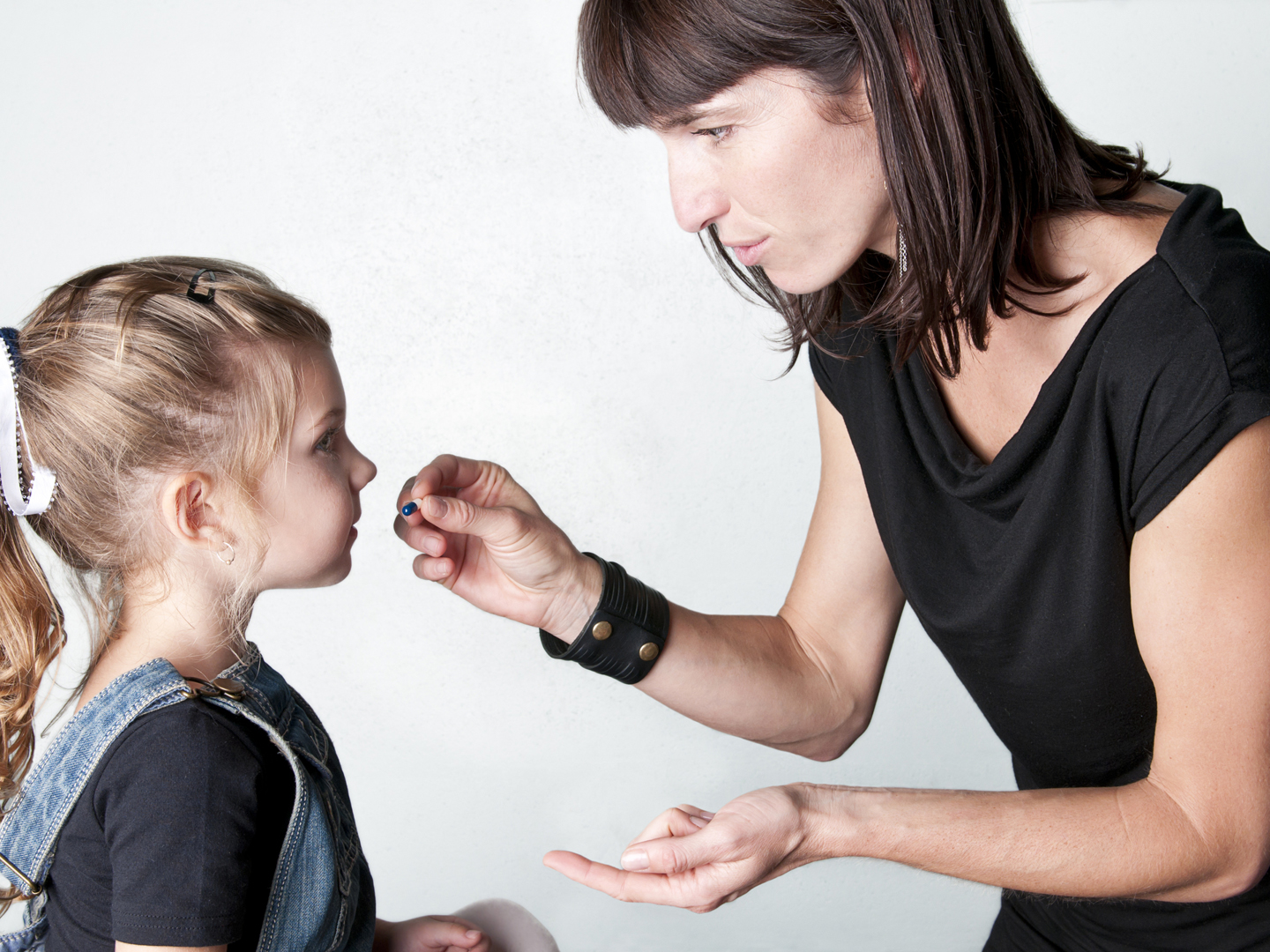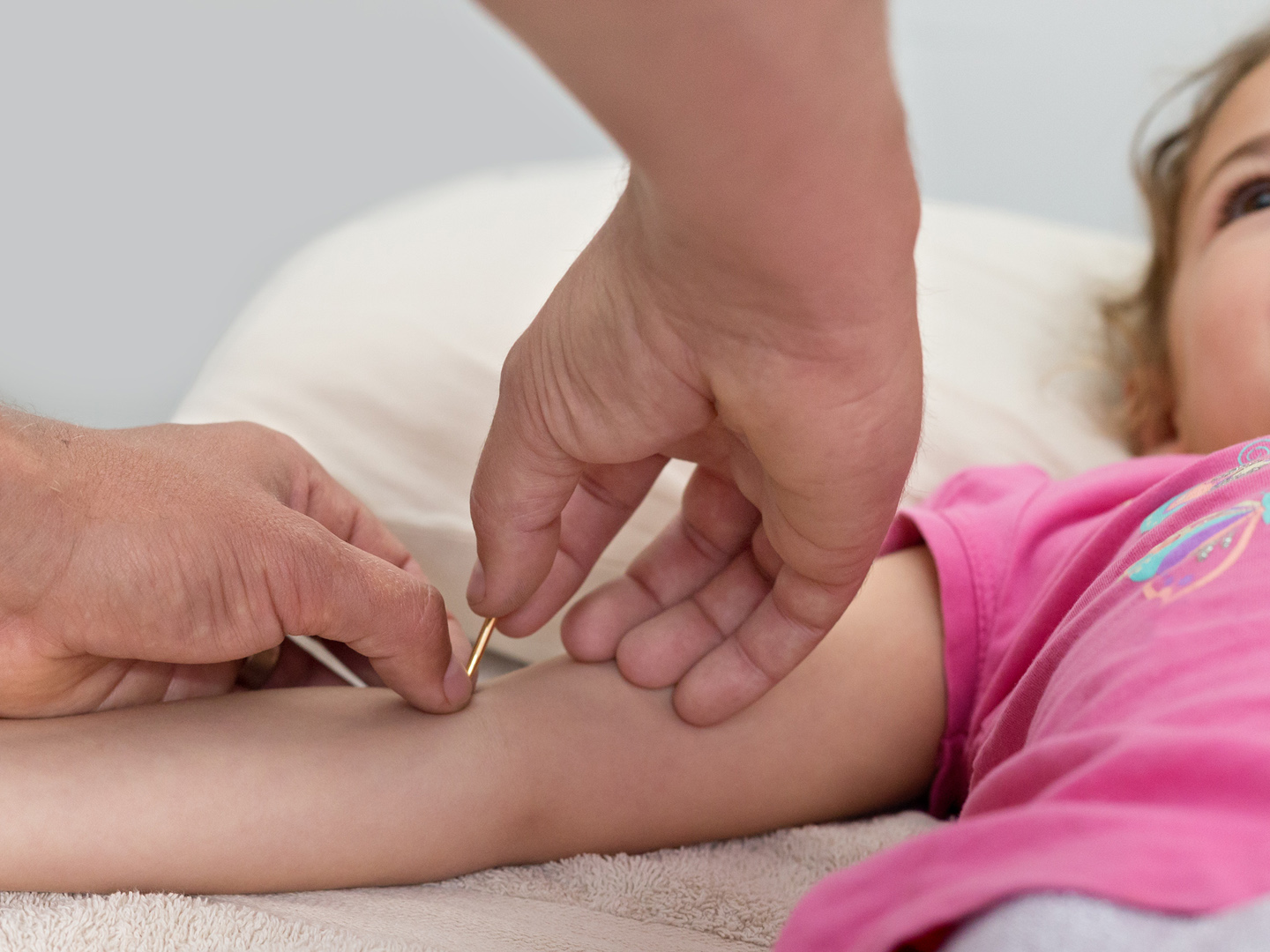Whooping Cough, Pertussis

What is whooping cough?
Whooping cough, also known as pertussis, is a highly contagious bacterial infection of the upper respiratory tract. It is characterized by the high-pitched intake of breath or “whooping” that occurs after fits of coughing. This is an infection from which most teenagers and adults recover; however, whooping cough is more serious in children, especially those younger than six months.
Moreover, whooping cough seems to be making a comeback, primarily among young children and teenagers. In 2004, more than 25,000 cases of pertussis were reported, the largest number since the 1950s, according to the American Academy of Pediatrics. And an article in the May 17, 2005 issue of the Annals of Internal Medicine urged increased awareness of whooping cough among physicians because of the growing incidence among adults and adolescents. Estimates may be artificially low since many adults and older children with the disease probably haven’t been reported or treated.
What are the symptoms of whooping cough?
Early symptoms may appear like those of a common cold: runny nose, sneezing, conjunctivitis (or pink eye), an occasional cough, and a mild fever. After a week or two, the “cold” enters another stage with symptoms that characterize whooping cough: violent fits of coughing and a gasp for breath in between coughs that gives rise to the characteristic “whoop.” The coughing can be so severe and deep that it often triggers vomiting and can result in broken ribs, hernias, seizures and dehydration. Attacks typically occur at night and can leave you exhausted from lack of sleep. In between coughing fits, you may seem perfectly okay.
Another concern with pertussis, especially for infants and young children, is hypoxia – the children can cough so much that they can’t easily take in a breath and they turn blue; in rare instances there can even be loss of consciousness. Obviously, if the child is turning blue, EMS needs to be called.
Secondary bacterial pneumonia can occur in up to percent of patients. It can be caused by pertussis itself, but is more often caused by other invasive bacteria. Pneumonia is the most frequent complication and the most frequent cause of death, often in the very young, very old and immune-suppressed.
What are the causes?
Whooping cough is caused by the bacterium, Bordetella pertussis. The disease is highly contagious and is passed from person to person by direct contact with droplets from the coughing or sneezing of an infected person. It is most contagious during this period of cold-like symptoms, but the illness can be spread for as long as you have symptoms.
What is the conventional treatment?
Unfortunately, whooping cough is difficult to treat. If it is diagnosed during the first week, the antibiotics erythromycin or azithromycin may lessen the severity and duration of the infection as well as shortening the communicability of the disease. After that, there’s no effective treatment – it must run its course, which typically lasts six to eight weeks. Cough medicines usually don’t help much. Over time, the coughing lessens in frequency and intensity but can linger for months. People who live in the same household with an infected person should be immunized and also treated with erythromycin. Secondary pneumonia should be aggressively treated with antibiotics, intravenous hydration (if necessary) and close observation.
Unfortunately, adolescents and young adults are at risk for the disease because they’re no longer protected by the immunizations they had as young children. The vaccine typically lasts from five to 10 years so if you were immunized more than 10 years ago, you would no longer be protected unless you got a booster shot. In June of 2005, the FDA approved a new vaccine, Adacel, to boost immunization against whooping cough, tetanus and diphtheria for adolescents and adults between the ages of 11 and 64. Earlier in the year, the FDA approved a similar vaccine (Boostrix) for use in adolescents from 10 to 18 years of age.
Almost all infants younger than three months are hospitalized for observation and treatment to decrease the risk of complications. Intravenous hydration and antibiotic therapy are often given, as well as steroids to reduce inflammation in the airways. Suctioning of mucous and other secretions, supplemental oxygen, nebulizers to reduce bronchospasm, and sedatives to decrease coughing spasms are commonly used during treatment . Patients hospitalized for pertussis are usually placed in isolation to reduce spread of the infection.
What therapies does Dr. Weil recommend for whooping cough?
Dr.Weil is concerned by the fact that the most likely cause for the return of whooping cough is that significant numbers of parents have stopped immunizing their children out of concerns over the safety of pertussis vaccine. He emphasizes that we now have a newer, safer vaccine, and there is no reason not to use it. The risks of pertussis are much greater than those of the vaccine. This disease is serious: in 2004, there were 20 deaths in the United States from whooping cough, 19 of them among babies who hadn’t been vaccinated or were too young to be vaccinated. Vaccination is the best integrative treatment.









